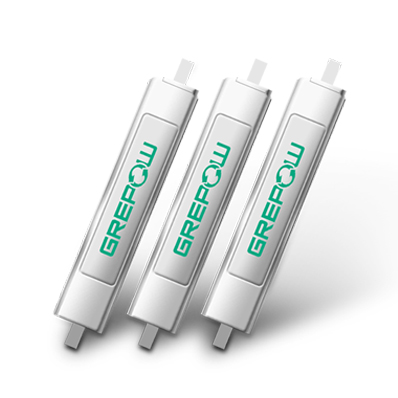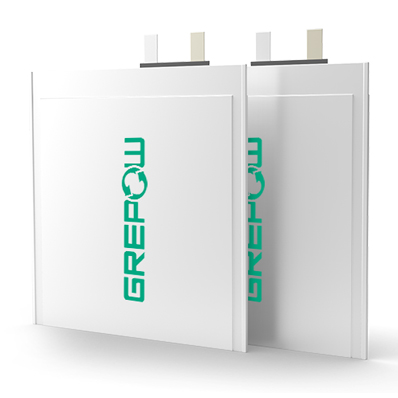The Inspiration of Flexible Batteries
People's needs and other electronic products such as wearable electronic devices, electronic paper, smart clothing, etc. have urgently needed foldable and retractable flexible batteries. Lithium-ion batteries have become an ideal research object for flexible batteries because of their higher energy density and longer service life. A complete lithium-ion battery contains the main parts of the positive electrode, negative electrode, separator, electrolyte, current collector, and battery packaging materials. During the folding and stretching process of the flexible battery, each part has to undergo certain deformation. Therefore, the materials and structures of all parts of the flexible battery must maintain performance after several times of folding and stretching.
Applications of Bionics
After hundreds of millions of years, the creatures on earth have been constantly evolving to adapt to the changing living environment. We humans also draw inspiration from the changes in nature and create many new things. "Bionics" has been used in various fields. For example, radial and spiral filaments make spider webs have good toughness and elasticity. People have made nanofiber webs based on spider webs. For another example, according to a paper-cut craft in our daily life, flexible supercapacitors with similar structures also get good performance. During the development of flexible batteries, what inspirations have we got from nature? This article will introduce in detail.
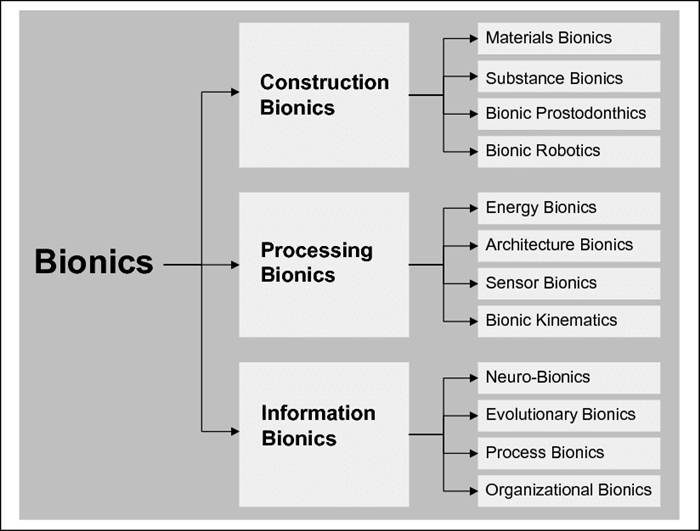
Applications of Bionics
1. Buckling structure
The buckling structure, also known as the wave-shaped structure, is a wave-shaped stretchable structure as the name implies. The active material is usually coated on a wave-shaped metal pole piece to make a stretchable electrode. The multi-layer buckling structure based on this wave structure shows better performance. In 2015, Fang and Baughman’s research team jointly published an article on Science. The carbon nanotube layer (NTS) is rolled onto a stretched elastic rubber fiber. When the fiber tension pressure is released, its surface is covered. The carbon nanotubes formed a multilayer buckling structure. This kind of multi-buckling structure carbon nanotubes has a resistance change of less than 5% when the tensile deformation is 1320%, which has good application potential in flexible batteries.
Figure 1. The formation process and SEM picture of multilayer buckling structure
2. Origami
Origami is the art of folding or folding paper. The paper is folded into a specific shape and pattern. Intricate designs can be created only through the skill of folding. By folding, bending, etc., the 2D dimensional paper is folded into various shapes in 3D space. And what kind of spark did the application of origami technology to flat lithium-ion batteries sparked? In 2014, the Jiang research team of Arizona State University assembled the current collector, positive electrode, negative electrode, separator, and packaging material according to two different angles. When stretched or bent, the battery can withstand great stress due to the folding effect. Very good elasticity, and still maintain a good cycle capacity after folding the battery many times.
Figure 2. Assembly diagram of the folded battery
3. Paper cut
Paper-cutting is one of the oldest folk art in China. It is used to cut patterns on paper to decorate life or cooperate with some folk activities. Unlike origami, paper cutting involves cutting paper. In 2015, the Song research team of Arizona State University produced a "cut-N-shear" battery assembly structure through cutting and folding. When there is an external force, the notch can be rotated to adjust the structure. The battery assembled by this method can still maintain energy storage performance when stretched by 150%.
Figure 3. "cut-N-shear" battery assembly structure diagram
4. Spring
Springs can be seen everywhere in our lives. The spring is widely used because of its good elasticity and restoring force. In the design of flexible batteries, the source of inspiration is also indispensable. The Peng research team of Fudan University winds carbon nanotubes on spring-shaped fibers, and the resulting carbon nanotube electrodes retain their shape and capacity during the stretching process. They also made Li4TiO (LTO) anode material and LiMn2O4 (LMO) cathode material together into a spring structure. The battery capacity of this structure does not change when stretched.
Figure 4. Schematic diagram and SEM photo of battery assembly with spring structure
5. Porous structure
Porous structures, such as sponges, not only have good water absorption but also have good elasticity. In 2016, Yi Cui of Stanford University filled the electrode material, carbon material, and binder into the sponge-like PDMS to form a 3D porous lithium-ion battery that maintained excellent energy storage performance when stretched by 80%.
Figure 5. Schematic diagram of sponge battery
6.2D "Crack"
Sometimes the formation of cracks is not necessarily a bad thing, distance can produce beauty. When thermal electron beam evaporation or electron beam evaporation produces gold thin films, micro-cracks can be formed on the thin films by controlling parameters. When there is an external force, these cracks can act as a buffer. Conductive polymers such as PEDOT: PSS, P3HT, etc. will also use this strategy in the production process to increase the flexibility of the polymer film.
Figure 6. SEM pictures of the gold film (with microcracks) on PDMS substrate before and after stretching
7. Mesh structure
The web-like structures in nature such as spider webs have excellent mechanical properties, are very soft and tough, and some web-like structures, such as leaf veins and rivers, can be effectively transported by cross-linked webs. All these structures are used to make flexible electrodes. The simplest method of making mesh electrodes is to randomly coat the active material on the surface of the elastic substrate or inject it into the inside. When pressure is applied from the outside, the active material will be compressed and connected together. This method will not destroy the original structure of the active material, and at the same time can produce good conductivity. The silver nanowires produced by the Lee and Ko research groups of the Korean Academy of Science and Technology form a net-like circuit network when stretched, and have good conductivity when used as electrodes.
Figure 7. Reticulated silver nanowire electrode
8. Self-repair function
Although many different methods are envisaged to make flexible materials, the actual situation is often more complicated. When a flexible instrument containing both flexible and rigid materials receives an external force, the internal structure of the instrument will inevitably undergo structural changes and even damage. Inspired by the self-healing mechanism of natural organisms and plants, flexible batteries have a similar design. In 2012, Zhenan Bao's research team at Stanford University filled nickel nanoparticles into self-healing polymers at temperatures below room temperature. At 31% nickel content, the composite can be used as an electrode, and at 15% nickel content, the composite can be used as a mechanical sensor. When the two ends of the composite are placed at room temperature, it can self-repair external force damage and restore electrical conductivity.
Figure 8. Nickel composite electrode structure with self-healing function
Functionalization has always been the ultimate goal of people developing new materials. And just like us humans, many complex behaviors do not rely on a single organ and require coordination of various parts. The same is true for flexible batteries, which require all parts of the battery to cope with changes in external forces. Nature provides us with space and food for our survival. It also gave us a lot of inspiration. The development of flexible batteries draws on many examples from nature. At the same time, we believe that more scientific researchers will apply "bionics" to flexible batteries to promote the development of flexible batteries.
Related Articles
-
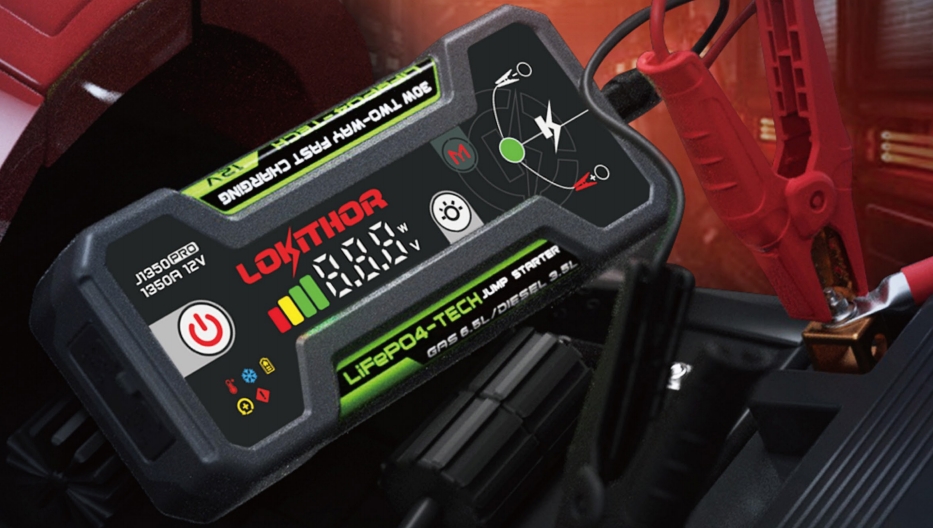
The Ultimate Guide to Grepow Jump Starter
2025-03-27 -

How to Choose Lithium Batteries for Cold Weather?
2024-09-19 -
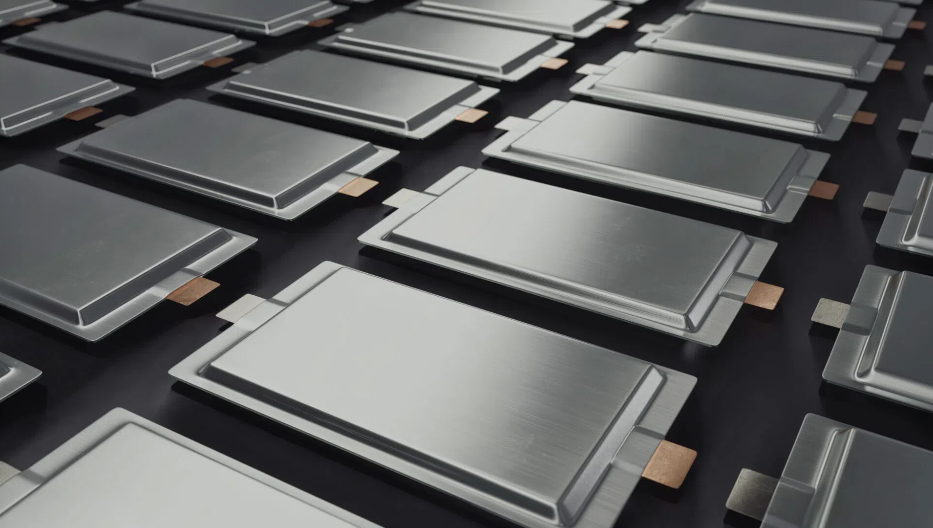
Next-Generation eVTOL Battery Technology
2024-08-22














































